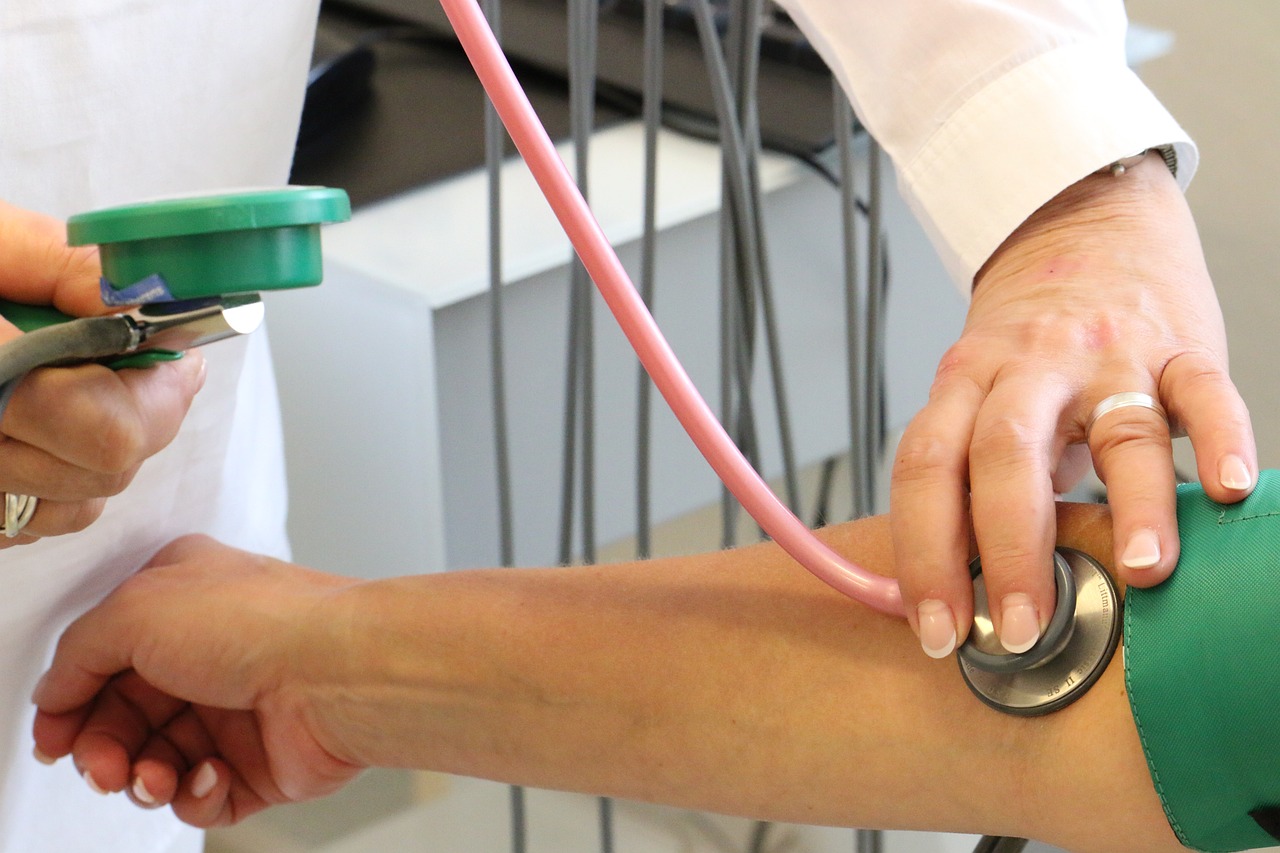Home monitoring of blood pressure is a key practice in hypertension management and is integral for maintaining general heart health. Regular home monitoring of blood pressure will enable you to track your trends, assess the effectiveness of lifestyle changes or medicines involved in your treatment, and provide valuable information to your treating doctor. This post will guide you through the basics of home blood pressure monitoring: from selecting the right blood pressure monitor to taking correct measurements and tracking your progress.

Why Should Blood Pressure Be Monitored at Home?
1. Better Control and Early Detection
Their being done at home and with more regularity predisposes you to better control and early detection of your blood pressure in between medical visits. Basically, this helps bring out any fluctuations or trends that would need focus. Early detection of either high or low blood pressure can be very critical when it comes to preventing serious health complications.
2. Enhanced Drug Adherence
If you are medication for high blood pressure, home monitoring will help determine how well the treatment is working and monitor side effects while you assess the need for changes in medication dose or type of medication.
3. Knowledge and Encouragement
Having your blood pressure measurements show up periodically is likely to heighten your awareness of precisely the impact lifestyle factors are having on your blood pressure; in fact, it may even prove motivational and thus make you feel that much less helpless in terms of your health.
Select the Right Blood Pressure Monitor
Choosing a proper blood pressure monitor is going to provide you with proper and reliable readings. Here are some of the things which are will help you choose the best for your requirements:
1. Select an Automated Monitor
Automated digital monitors are in most cases more usable and reliable than their manual counterparts. They produce accurate readings, besides, they come with some additional functionalities, such as memory storage and averaging multiple readings.
2. Consider Cuff Size
As a general rule of thumb, pick a monitor with a cuff that matches the size of your arm. If the cuff is too small or conversely too large, proper readings cannot be achieved. While most of the cuffs included on monitors are adjustable, one still needs to look for the size specifications.
3. TEST ACCURACY
Choose a monitor that is accuracy-validated. Look for devices checked and passed by such big health organizations as the American Heart Association and British Hypertension Society.
4. Check Extra Features
Features like irregular heartbeat detection, multi-user profiles, and Bluetooth connectivity for tracking and sharing data could add much more convenience and utility.
How to Take Accurate Blood Pressure Readings
It is important to have accurate readings while monitoring blood pressure. These steps have to be followed in order to have accurate measurements:
1. Prepare to Measure
– Relaxation: Sit quietly for at least 5 minutes. Don’t use caffeine, alcohol, and tobacco for at least 30 minutes prior.
– Positioning: The individual should have their back straight and feet flat on the floor. The arm should rest on a desk so the cuff is at heart level.
– Clothing: The individual must remove all tight clothing from above the arm, as this can cause inaccuracies in the cuff.
2. Position the Cuff Correctly
– Placement: Wrap the cuff around your bare upper arm, about 1 inch above your elbow. The fit should be snug but not too tight.
– Alignment: The cuff’s air bladder should be centrally located over the brachial artery (large artery in your arm).
3. Take Multiple Readings
• Consistency: For the most accurate reading, take two to three readings at a minute or more apart. Record each reading and calculate the average if necessary.
• Timing: Take you blood pressure measurement during the same times of the day to you can track trends accurately.
Monitoring and Interpreting Your Blood Pressure Readings
1. Keep a Blood Pressure Log
Keep a log with records of your readings, along with the date and time, plus other pertinent notes, such as your stress or physical activity levels. Many come with memory storage capacities built into the monitor, or you can use your phone or a paper log.
2. Look for Patterns
At regular intervals, say daily, a person should review their logs in order to check for patterns and trends. For instance, consistently high readings imply a need for medication adjustment or some change in lifestyle.
3. Share with Your Healthcare Provider
Share the records of your blood pressure regularly with your provider. This information is the key for them to help in deciding on new plans or changes in medicines and changes in lifestyle recommendations.
How to Keep Accuracy and Consistency Always
– Calibrate Your Monitor. You should follow the procedure for monitor calibration that was specified by the manufacturer to maintain correctness over time.
– Follow Manufacturer’s Instructions: Adhere to the manufacturer’s instructions that are provided with a blood pressure monitoring device.
– Stay Consistent: Use the monitor at about the same time of day, and under similar conditions, to get consistent readings for reliable results.
Conclusion
By monitoring your blood pressure at home, you will be able to take proactive steps in managing your heart health. Therefore, in choosing the right monitor, taking the right readings, and keeping track of your reading progress, you stay knowledgeable about trends and well-armed to work with a healthcare provider in the quest to stay healthy. Remember that while this tool may be very useful in home monitoring, the latter should complement and not replace a series of regular medical checkups. Here’s to taking charge of your health with confidence and clarity!